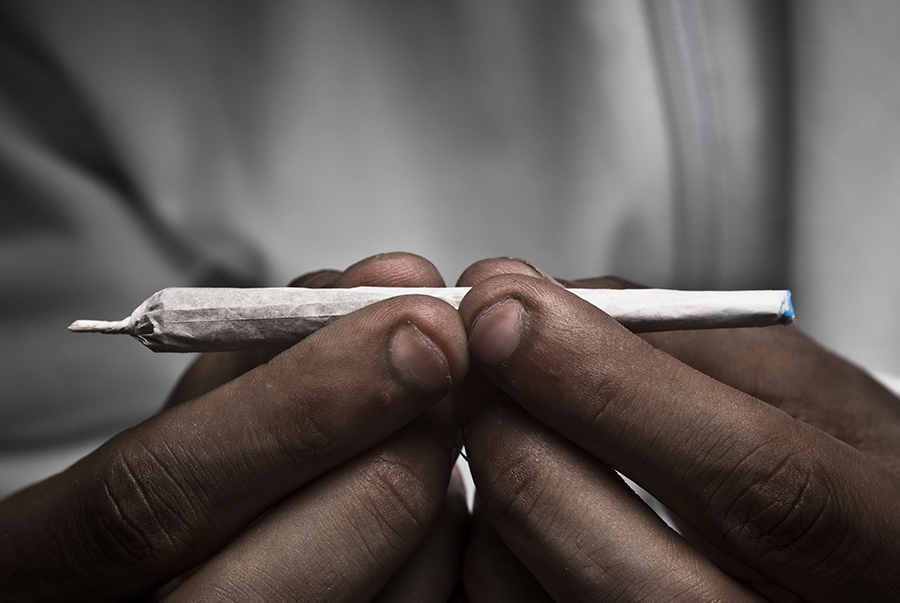Everything to Know About Nationwide Marijuana Abuse
You may have recognized that marijuana has been legalized by several states over the last few years. However, while many people can use the drug responsibly, marijuana can still be abused. Marijuana abuse comes with some very serious side effects for its users.
Marijuana use is as high as ever, especially among young adults, whose perception of the drug’s dangers has decreased over the last decade. This may be due to many states seeing fit to legalize the substance for medical and recreational use. Marijuana abuse should not be taken lightly, as it is highly addictive, and abuse can produce dangerous side effects
If you struggle with marijuana abuse or addiction, call Palm Partners at (877) 711-4673 and get help as soon as possible.
What is marijuana?
Marijuana comes from the cannabis family of plants, including cannabis indica, cannabis sativa, or a hybrid of the two. Marijuana refers to the consumable dried leaves and flowers of the plant, which contain THC, the compound that produces the psychoactive effects for which the drug is known.
Marijuana may be consumed by smoking, either in a cigarette or through a pipe, or it can be vaporized or ingested. Lately, a trend called “dabbing” has become popular, in which the user melts down a concentrated THC extract through a pipe.
As the drug becomes legal for more uses over time, different methods are replacing those that have been popular for years. For example, in states where recreational marijuana use has become legalized, users are smoking it less and consuming it through food and candy more.
What are the effects of using marijuana?
Marijuana consumption produces several short and long-term effects, both positive and negative.
For example, marijuana use has been shown to lessen pain and anxiety and treat PTSD. In states where marijuana has been legalized for medical purposes, opioid pain reliever addiction rates have decreased. With these benefits in mind, there is still a looming danger for those who misuse and abuse marijuana.
Why is marijuana abused? Mainly, because of the short-term effects it produces.
- Changes in mood
- Changes in perception of time, colors, and situations
- Lessened anxiety and stress
- A general feeling of euphoria
In higher doses, the drug can cause:
- Hallucinations
- Delusions
- Psychosis
Over the long term, marijuana abuse can cause more serious side effects, including:
- Impaired brain development in adolescents
- Lower IQ
- Permanently decreased memory function
Marijuana abuse and addiction can also lead to lung problems, if the drug is consumed by way of smoking, and harm unborn children when used by pregnant women.
Marijuana Addiction Risk Factors
You might have heard people say that you can’t become addicted to marijuana. Although marijuana “addicts” won’t suffer many of the same consequences as those addicted to alcohol or other drugs, there is a still a danger of physical dependence that resembles addiction. Here are some of the most common marijuana risk factors:
Adolescents:
- Poor performance in school and frequent truancy
- Underage consumption of alcohol
- Attendance at parties where drugs and alcohol are present
- An unstable home life, including one or more close families who use marijuana
Adults:
- Attendance at parties where marijuana is being used
- High stress at work or school
Signs of Marijuana Abuse or Addiction
It’s usually easy to tell when someone you’re around often is becoming addicted to marijuana or abusing the drug frequently. Marijuana is considered a depressant, and when used frequently, it can cause the following symptoms:
- Lack of focus on school or work obligations
- General slow movement or sluggishness
- Increased eating habits
The National Institute on Drug Abuse suggests that among people that use marijuana, between 10% and 30% develop some kind of use disorder. This is evidenced by the fact that when people have tried to quit using marijuana after extended periods of use, they’ve reported side effects that mimic withdrawal in other substance abuse disorders.
Marijuana Abuse Statistics
A government survey on drug use and abuse performed in 2015 provides some startling results pertaining to marijuana abuse in the United States: 22.2 million people reported that they had used marijuana in some form during the month preceding the survey.
Additionally, according to NIDA, over 35% of high school seniors reported using the drug during the past year, and because of an increased potency of the substance becoming more and more readily available, hospital visits related to users taking unsafe amounts have increased steadily over time.
In 2015, about 4.0 million people in the United States met the diagnostic criteria for marijuana use disorder. NIDA data also indicates that at least 30% of those who use marijuana have some degree of marijuana use disorder.
You may not think addiction to marijuana is dangerous, but it can have lasting effects on both your health and the quality of your life. If you find yourself unable to stop using this drug, contact Palm Partners as soon as possible.
Call (877) 711-4673 today if you’re struggling with marijuana abuse.
https://www.drugabuse.gov/publications/drugfacts/marijuana#ref
https://www.drugabuse.gov/publications/research-reports/marijuana/marijuana-addictive
